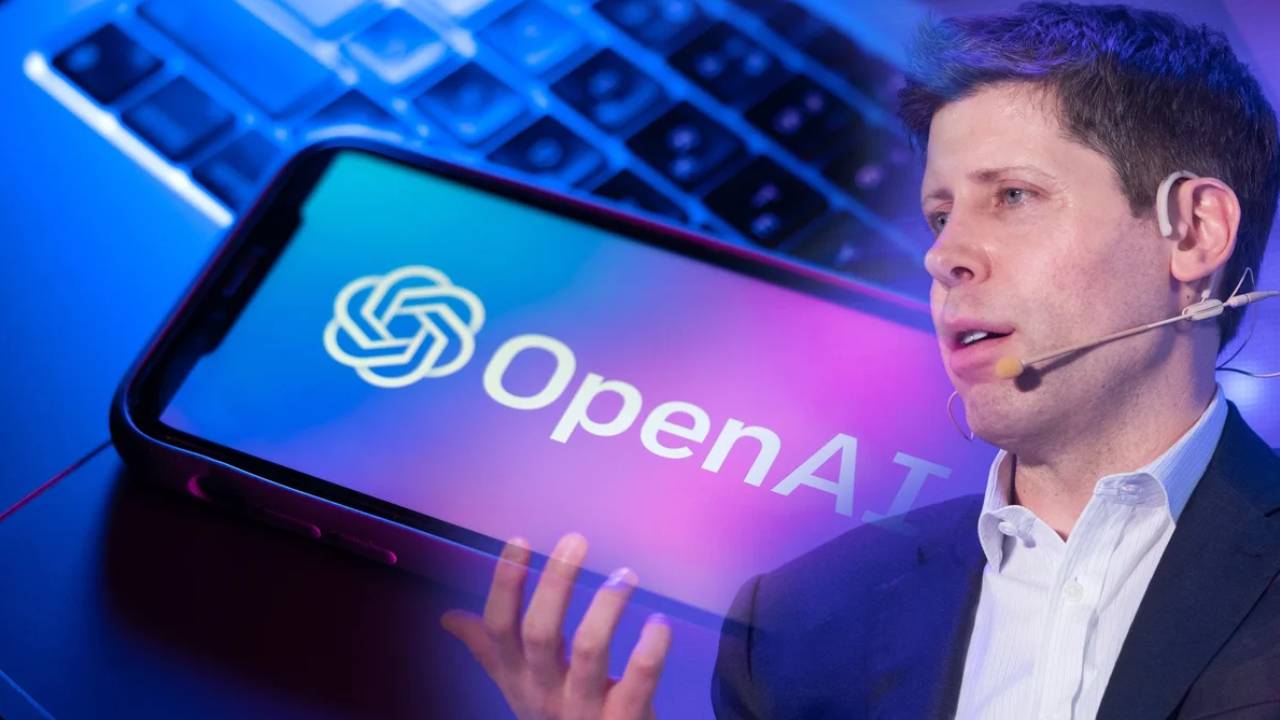Two and a half years after ChatGPT made a global splash, OpenAI continues to suffer significant financial losses. By the end of 2024, the company’s total losses had reached $5 billion.
OpenAI Can’t Get Back on Track Financially
Despite this outlook, the company’s $125 billion annual revenue target for 2029 has sparked widespread debate among industry experts. The discrepancy isn’t just a growth issue; it also reflects the gap between industry reality and expectations.

Technology writer Ed Zitron emphasizes that OpenAI and similar AI companies are failing to make a profit despite massive investments. Zitron states that this structure is far from sustainable and bears resemblance to the speculative behavior seen during the 2007-2008 financial crisis.
OpenAI’s current valuation is approximately 30 times its revenue. This ratio indicates that expectations of the company’s extraordinary future performance have outpaced financial reality.
This situation isn’t limited to OpenAI. Cursor, an AI-focused coding tool that uses Anthropic’s infrastructure, secured approximately $1 billion in funding last month. However, it was soon forced to implement significant price increases.
The reason is that Anthropic, the infrastructure provider, has increased its costs. Such cascading price increases also put pressure on the user side. These developments indicate that the industry is entering a period where services are becoming increasingly expensive and cost advantages are eroding.
OpenAI has begun charging additional fees for the “prioritized processing” services it offers to businesses. However, these additional revenue streams are not sufficient to offset the company’s overall losses. According to the company’s CEO, Sam Altman, the vast majority of ChatGPT’s 800 million weekly active users use the service for free. Switching these users to a paid model is considered a step that could jeopardize its existing user base.













